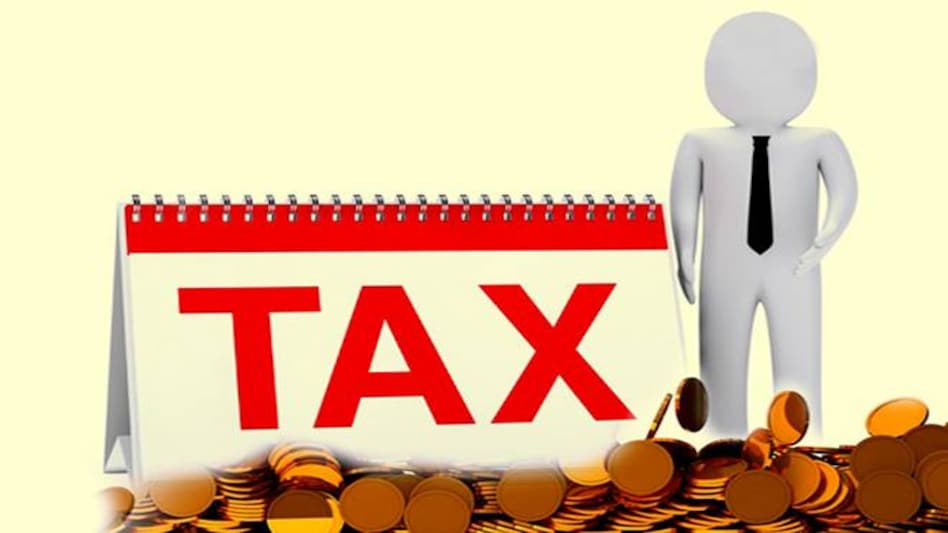 Representative Image
Representative Image Representative Image
Representative ImageFinance Minister Nirmala Sitharaman brought cheer to India Inc on Friday by slashing the effective corporate tax rate to 25.17 per cent inclusive of all cess and surcharges for domestic companies. "In order to promote growth and investment, a new provision has been included in the Income Tax Act that allows any domestic companies an option to pay income tax at the rate of 22 per cent without exemptions," Sitharaman said in a press conference, adding that these companies will not be required to pay Minimum Alternate Tax (MAT).
The FM also reduced MAT from the present rate of 18.5 per cent to 15 per cent, giving relief to those companies that will continue to avail of incentives and exemptions. The new tax rate will be applicable from the current fiscal which began on April 1. So what is MAT?
The objective of levying MAT
MAT is a tax provision designed to bring zero-tax paying companies into the income tax net. Taking advantage of various provisions of the Income Tax Act, such as exemptions, deductions, depreciation, and the like, many companies are able to reduce their tax liability. Some are even able to show nil taxable income despite earning substantial book profits and having paid out handsome dividends. Keep in mind that this is not tax evasion. But in order to increase accountability and ensure than no company can escape paying tax, the government introduced the concept of MAT.
"Due to increase in the number of zero tax paying companies, MAT was introduced by the Finance Act, 1987, with effect from assessment year 1988-89. Later on, it was withdrawn by the Finance Act, 1990, and then reintroduced by Finance (No. 2) Act, 1996," the Income Tax Department explains in a tutorial. So this tax provision has been around since April 1997, directing all companies - including foreign entities - to pay a fixed percentage of their profits as MAT.
So far, the tax liability under MAT provisions stood at 18.5 per cent of book profits (net profit), plus health & education cess and surcharge as applicable. Sitharaman has now brought down the rate to 15 per cent.
MAT credit
Significantly, MAT can be carried forward or set-off against regular tax payable, subject to certain conditions. If in any year the company pays liability as per MAT, then it is entitled to claim credit of the excess amount paid over and above the normal tax liability in the subsequent year(s). However, if MAT credit cannot be utilised by the company within a period of 15 years (immediately succeeding the assessment year in which such credit was generated), then it will lapse. No interest is paid to the taxpayer in respect of such credit.
(Edited by Sushmita Choudhury Agarwal)
Also Read: Corporate tax cut to cost govt Rs 1.45 lakh crore
Also Read: Corporate tax cut: Uday Kotak, Kiran Mazumdar Shaw, Ajay Piramal, others welcome 'bold move'